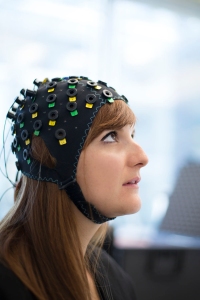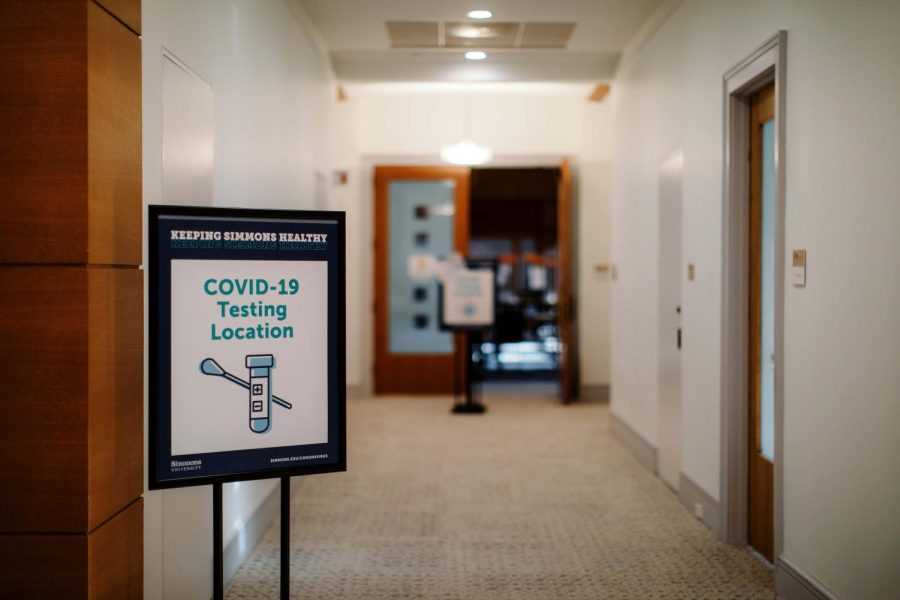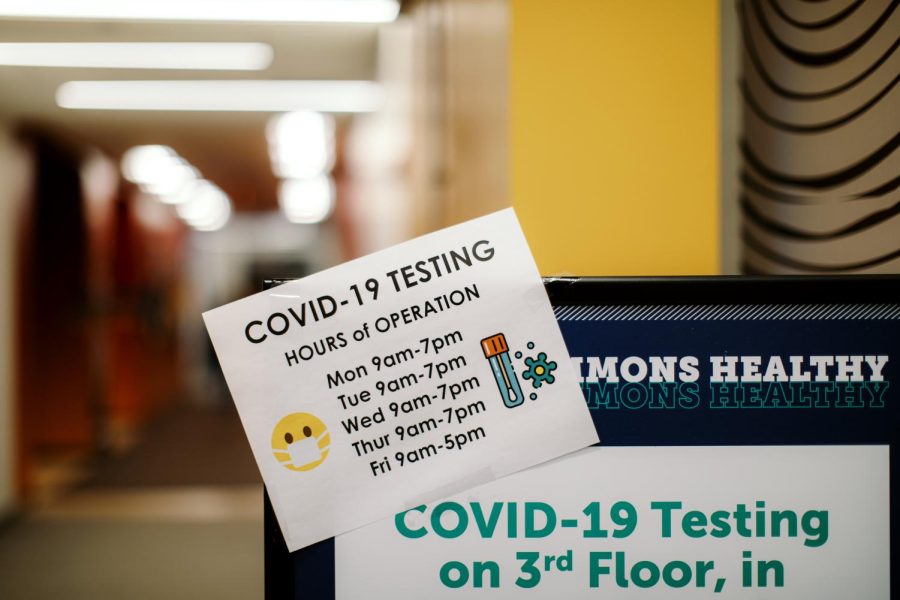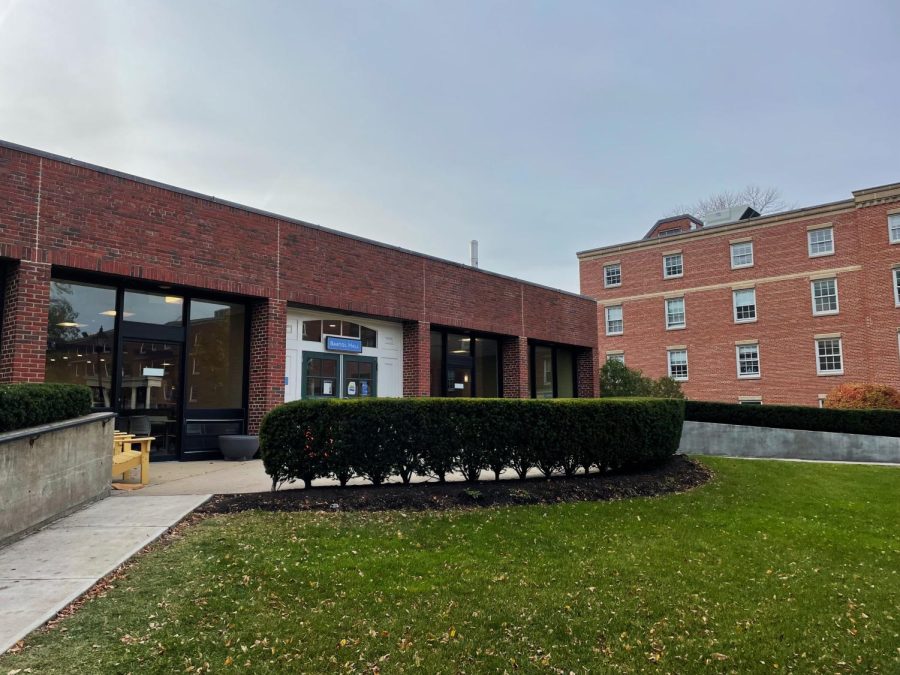By Kaylee Messina
Staff Writer
Imagine living a life where you cannot speak to communicate with loved ones, cannot move a muscle, or even blink your eyes. Your brain is fully functioning, you are processing everything that is going on around you; however you do not have the means to communicate about any of it. This is the reality of people suffering from Locked-in Syndrome.

Or at least that was the reality for these patients, until merely weeks ago when researchers from the Wyss Center for Bio and Neuroengineering in Switzerland discovered a way for locked-in patients to communicate with the outside world.
Locked-in syndrome is caused by damage to the pons, a part of the brain stem which contains important neural pathways which connects parts of the brain and spinal cord. Due to damage to the pons, there is an interruption in the motor fibers running from the brain via the spinal cord to muscles in the body. This affects all muscles in the body and the centers in the brainstem important for facial control and speaking. Bleeding or lack of blood flow is most often the cause of damage to the pons and results in tissue loss. Other causes of damage include trauma, infection, tumors, loss of the myelin sheath surrounding nerve cells, inflammation of nerve cells, and certain disorders.
Partially locked-in patients, who have the ability to blink, have been communicating this way for years. However, this breakthrough is the first time in history that fully locked in patients are able to interact with others.
This breakthrough was made possible by the use of non- invasive brain scanning in order to read brain waves. An EEG, electroencephalogram, which detects electrical activity in the brain, is used to record the patient’s awareness to the outside world. Then, near-infrared spectroscopy (NIRS) is used to measure the diffusion rate of oxygen in the blood of the patient’s brain. Oxygenation is a variable that a locked in patient is able to learn to control if they are aware of their surroundings.
The patient puts the NIRS on as a helmet, and is asked hundreds of basic yes/no questions. This device records the blood flow in the brain and calculates how it changes depending on every “yes” question and every “no” question. Based on these calculations, researchers are able to identity how the patient’s brain will react when they want to answer “yes” and when they want to answer “no”.
Scientists hope that this breakthrough will allow patients suffering from Locked-in Syndrome to live fuller and happier lives, able to connect with loved ones and the outside world. “It’s the first sign that completely locked-in syndrome may be abolished forever, because with all of these patients, we can now ask them the most critical questions in life,” said Niels Birbaumer, a contributing neuroscientist who led groundbreaking research at the university of Tübingen in Germany.
For the first time in history, fully locked-in patients have something to be hopeful for.
Although this research is the first step in a long, uphill battle to find a way for locked in patients to communicate, it is the first step, of many, to a full, enriching life for those suffering full of communication and hope for advancement. While research surges on, patients are able to sleep soundly, wondering what the first words they communicate to their loved ones will be.

























